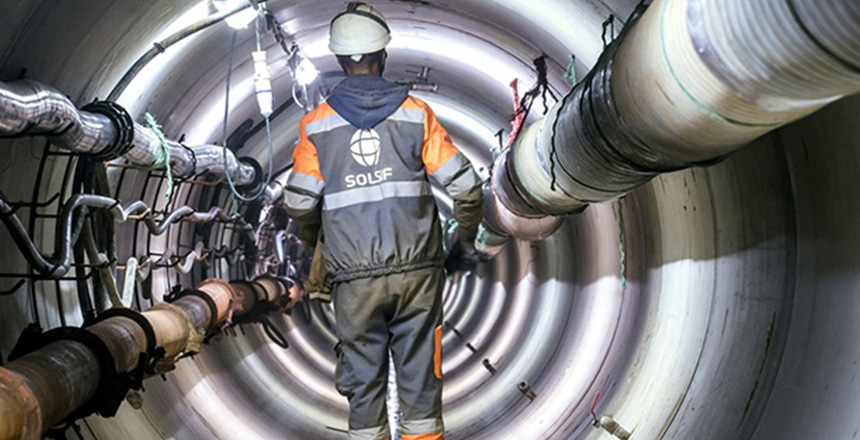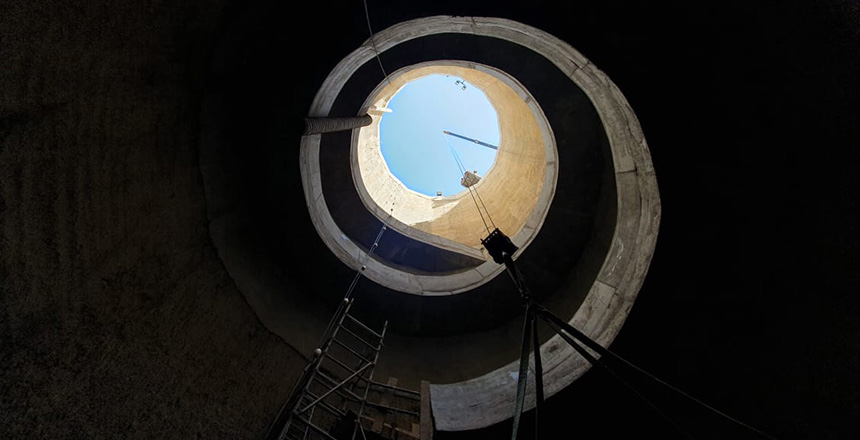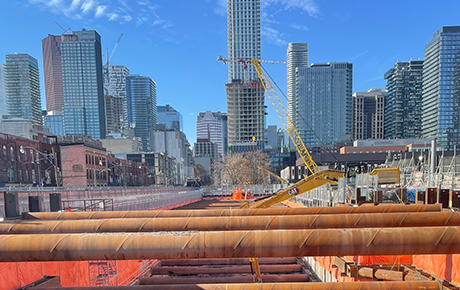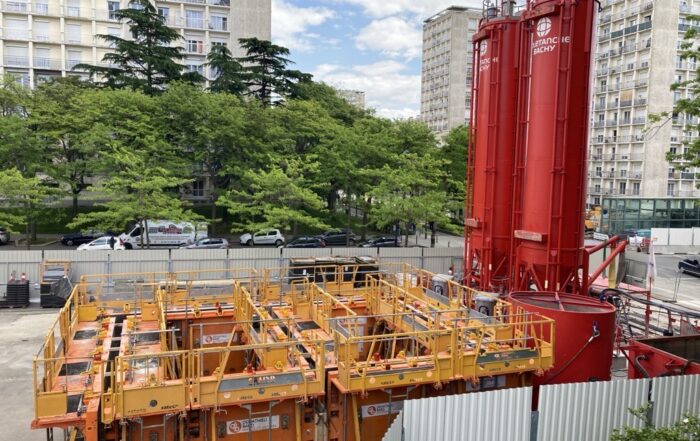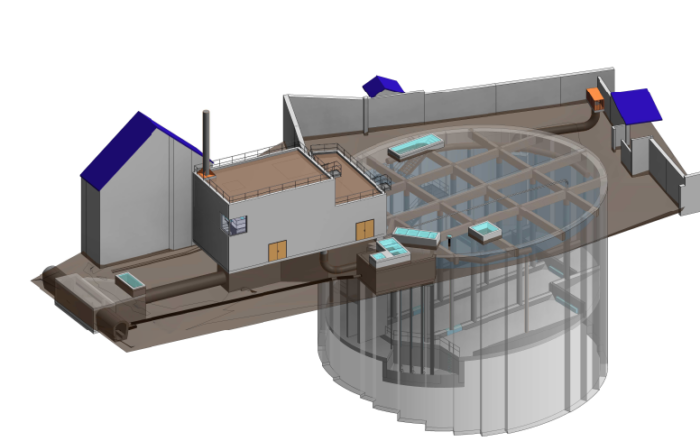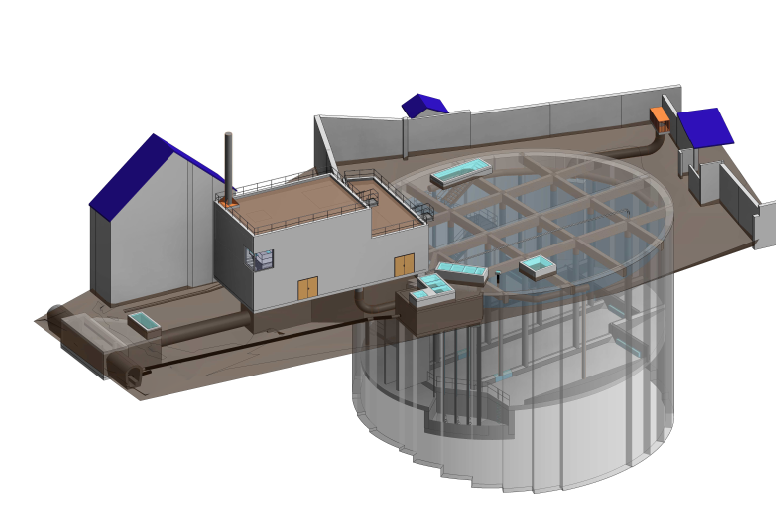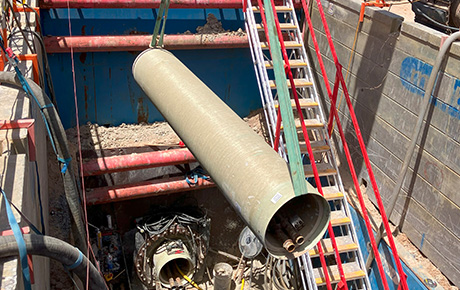13/01/2020
Bessac and Solsif Maroc completed a marine outfall for the treatment of Salé’s wastewater
To support its ongoing expansion, the city of Salé needed to build a new wastewater treatment system. As part of the project, our subsidiaries Bessac and Solsif Maroc have constructed an inlet shaft and tunnel to create a marine outfall.
After two years of work, the contribution made by the teams of Soletanche Bachy subsidiaries Bessac and Solsif Maroc to the Salé (Morocco) marine outfall project was completed this autumn. We look back at a major project that should help meet one of the city’s priority needs: improving wastewater management.
Close neighbour of the capital Rabat, Salé is experiencing strong demographic growth and is now the second most heavily populated city in Morocco. In 2017, the Salé urban authority launched a project to build a new wastewater treatment system.
A consortium of 5 companies, including Bessac and Solsif Maroc, was awarded the contract to build an engineered structure key to the success of this system: a 2.15 km long marine outfall with an internal diameter of 1.9 metres in two sections (800 metres of tunnel and 1.35 km of trench-laid HDPE pipeline terminating in diffusers). This new construction is the third outfall to be constructed in Morocco by the same consortium, after the Rabat project (2009) and the Sidi Bernoussi outfall in Casablanca (2014).
For this infrastructure facility, our subsidiaries worked together on constructing the coastal inlet shaft and underground tunnel under a contract valued at around €11 million. The work consisted of three main groups:
- The outfall tunnel shaft, which is also the hydraulic inlet system for the gravity flow outfall when in operation, has an internal diameter of 10.60 metres and reaches a depth of 35 metres. The invert is 10 metres below sea level. The perimeter wall was constructed as a diaphragm wall 800 mm thick and 44 metres deep, and was excavated using a heavy grab and rock chisel to penetrate the hard calcarenite limestone.
- The tunnel created using the thrust boring technique with a slurry microtunneling machine over a distance of 800 metres at 18 metres below sea level, with minimum coverage of 1.5 metres. Reinforced concrete pipes prefabricated by Sogea Maroc (2,550 mm external diameter, 1,900 mm internal diameter and 3,000 mm long) were permanently jacked as the ‘’L’Mrissa’’ tunnel boring machine advanced.
- The finishing civil engineering works, which include:
- A 1 metre wide reinforced concrete spiral drop structure anchored to the diaphragm wall and protected by an anti-abrasion lining, channels the treated wastewater from the plant inlet into the shaft and 10-metre-long mined adit,
- The slab covering the shaft,
- Installation of an activated carbon deodorisation system.
Congratulations to all the teams involved
